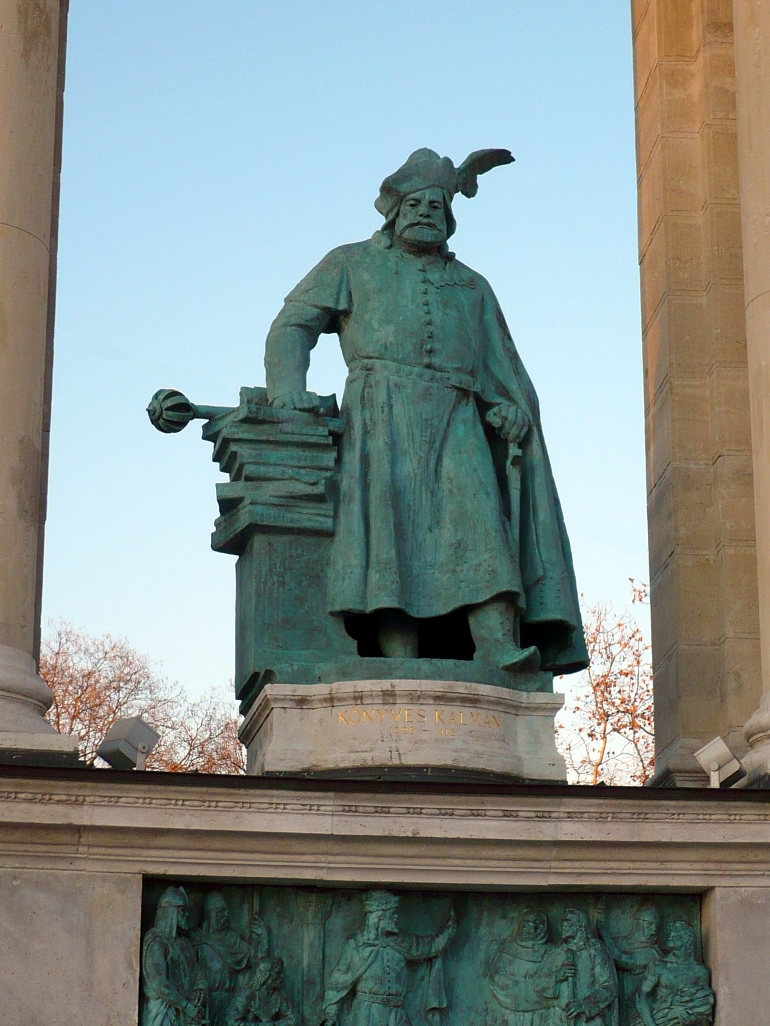|
Ismertető szöveg: The second piece of a 14-part series, utilizing the 14 statues featured on the two quarter-round colonnades of Millenium Monument at Hősök tere/Heroes' Square. Since all of them are major and significant figures in the history of Hungary, some Budapest streets are named after them here or there. The primary aim of this series is not to introduce the statues or characters (all are commonplaces frequently featured in touristic photoguides), but roads, squares and public spaces bearing their names.
Könyves Kálmán körút is also a section of what is generally (but mistakenly) known as Hungária Circular Road, the longest and outermost of Pest circulars so far. It lays between three major areas, Józsefváros, Kőbánya and Ferencváros, 8th, 10th and 9th districts of Budapest, respectively. Like Károly Róbert körút, it is also a 2x3 tracked city road, equipped with a tramway at the middle, leading towards and from Lágymányosi Bridge, always a busy, frequently a jammed spot of the city, conducting a heavy traffic of M5 and No. 4 highways, as well, towards Buda and the central parts of Pest. Its extension and refurbishment is rather a recent development, but sometimes it is not able to cope with the enormous transit traffic dumped into Budapest on daily basis.
Coloman (the Book Lover, or the Learned, as his name is also used) ruled between 1095 and 1116, had a very bad physique and appeareance according to chronicles written mostly by his enemies (however, he is the shortest in the Heroes' Square statue gallery), but since his father wanted him to be a bishop, on the other hand he was a well educated, smart monarch - that's why he got his epitheton ornans. His most important efforts (besides the connecting of Hungary, Croatia and Dalmatia) were his legislative deeds, e.g. he was the king who banned burning of "strigas", witches of the age.
The statue, the work of Richárd Füredi, was erected in 1906 at the same place.
|




